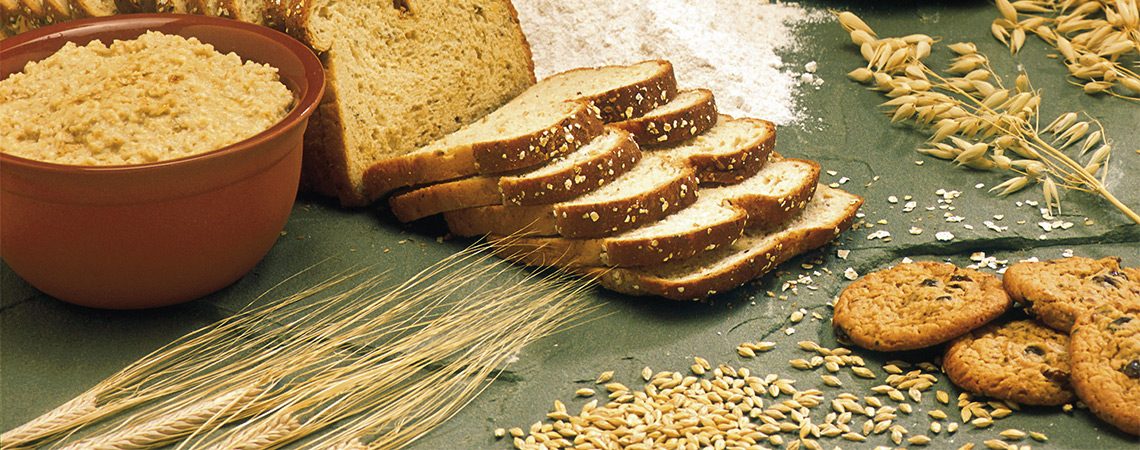
GET THE NUTRITIONAL ADVANTAGE WITH ANCIENT GRAINS
Get more bang for your nutritional buck and add some ancient grains to your diet. What are ancient grains?
Ancient grains or heritage grains are crops that have been grown for millennia around the world that have recently been re-discovered, and are finding their way into our diets here in the Western world.
Some of the best known of the ancient grains are amaranth, buckwheat, quinoa, oats, chia & millet. Ancient grains remain largely unchanged from their original forms seen thousands of years ago. Their structures are have not been affected by hybridisation or genetic manipulation like many of our modern grains (e.g: modern wheats – which have been bred for easy milling and quick growth).
Many of these ancient grains have survived as obscure side-crops being grown on small farms – but they are now being embraced by the wider community for their interesting flavours, textures, and nutritional benefits.
WHAT ARE THE BENEFITS OF ANCIENT GRAINS?
Compared to modern grains, ancient grains offer a range on nutritional advantages. Gram for gram, ancient grains contain fewer carbohydrates and more protein than modern grains. Ancient grains also contain beneficial fibres, proteins and micronutrients. Most ancient grains are grown organically, and are consumed in a less refined form than many modern grains.
6 ANCIENT GRAINS YOU SHOULD BE EATING TODAY:
Amaranth – This was prized by the Aztecs and Mayan civilizations of Central America. Amaranth seed has unusually high protein content – and contains two essential amino acids that are not commonly found in grains.
Buckwheat – This is a fruit-seed native to central Asia. It is gluten free, and high in the flavonoids rutin and quercetin. It is a good source of magnesium, manganese and vitamin B5.
Chia seeds – were used by American Indians as an energy tonic, and for sustenance during endurance events. They are high in omega-3 fatty acids.
Millet – Originally found in prehistoric North Africa, millet has been a staple in the diet of many ancient cultures including the Egyptians, Indians, and Russians. Millet is high in protein – up to 20%, as well as being a good source of phosphorus, magnesium and B vitamins.
Oat Bran – Oats were used by the ancient Romans, before becoming a common food in Scotland, England and Germany. Oats are a good source of several minerals including manganese, selenium and phosphorus, as well as B vitamins, calcium and magnesium.
Quinoa – This has been used in South American cuisine for other 5000 years, where the Inca’s and Aztecs used it to give strength and stamina. It is a good source of protein, and contains magnesium, B vitamins, vitamin E, iron, and zinc.
KEEN TO GET SOME ANCIENT GRAINS INTO YOUR DIET? GIVE THESE A TRY:
- Mix up your morning porridge with quinoa flakes
- Use puffed millet or amaranth instead of your usual morning cereal
- Try chia pudding- Mix 2 tablespoons of chia seeds, ½ cup of coconut milk, 1 tablespoon of honey, a dash of vanilla extract and a pinch of salt. Allow the mixture to sit for at least an hour (ideally overnight) then top with fresh fruit, and some coconut flakes for a delicious breakfast
